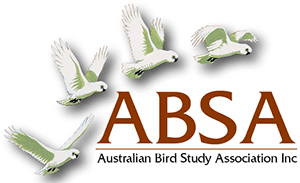An historical snapshot of avian assemblages occupying three threatened forest and woodland communities in Scheyville National Park, New South Wales
| Posted: |
06/03/2018 |
| Author(s): |
Jeff Hardy, John Farrell, Peter Smith |
Scheyville National Park encompasses two threatened woodland communities and one
Eucalyptus forest i.e. Cumberland Plain Woodland, Castlereagh Scribbly Gum Woodland and Shale Gravel Transition Forest. It provides habitat for at least 98 bird species. In 1997, banding, plot counts and species lists were used to examine if these floristic communities contained different avian assemblages. Differences were found among the avian assemblages of all floristic communities and between sites within a floristic community. The richest and most abundant avian assemblage was associated with the presence of a creek with permanent pools of water and dense riparian vegetation. Fewer species were recorded in winter than in other seasons. However, most of the more common species were present all year, although many showed seasonal fluctuations in abundance, either over the entire study area or at certain sites. The patterns varied among species. Some fluctuations, especially in the capture data, appear to be due not to movements or breeding success but to changes in behaviour and habitat use that made the birds more ‘catchable’ at certain sites mat certain times of year. The complex habitat utilisation patterns demonstrated illustrate the importance of maintaining a diversity of forest and woodland habitats for the local avifauna, especially in the face of continuing loss of natural habitat through ever-increasing urbanisation across the region. The study also shows the value of using several different survey methods simultaneously. Each method has certain advantages and biases; using them in combination provides a more complete picture of the bird assemblage.
>> Download Abstract |
File Size: 107KB
>> Download Complete PDF | File Size: 5.9MB
